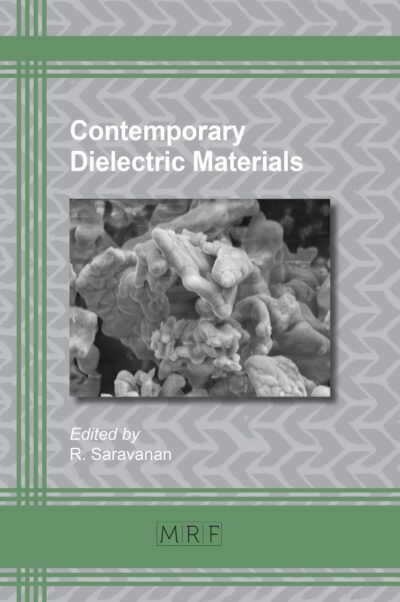Study of Error Analysis and Sources of Uncertainty in the Measurement of Residual Stresses by the X-Ray Diffraction
E.T. Carvalho Filho, J.T.N. Medeiros, L.G. Martinez, V.C. Pinto
download PDFAbstract. The aim of this work is to analyze the sources of errors inherent to the residual stress measurement process by X-ray diffraction technique making an interlaboratory comparison to verify the reproducibility of the measurements. For this work were machined specimens with grinding finish, with polishing finish and to be a reference standard an iron powder was used To verify the deviations caused by the equipment, those specimens were positioned and with the same analysis condition, seven measurements were carried. To verify sample positioning errors, seven measurements were performed by positioning the sample at each measurement. To check geometry errors, measurements were repeated for the geometry Bragg Brentano and Parallel Beams. In order to verify the reproducibility of the method, the measurements were performed in two different laboratories and equipments. The results were statistically worked out and the quantification the type A errors that suggests that is a significant difference between the methods and orientation of grooves directions.
Keywords
Residual Stress, X Ray Diffraction, Repeatability, Reproducibility
Published online 9/11/2018, 6 pages
Copyright © 2018 by the author(s)
Published under license by Materials Research Forum LLC., Millersville PA, USA
Citation: E.T. Carvalho Filho, J.T.N. Medeiros, L.G. Martinez, V.C. Pinto, ‘Study of Error Analysis and Sources of Uncertainty in the Measurement of Residual Stresses by the X-Ray Diffraction’, Materials Research Proceedings, Vol. 6, pp 75-80, 2018
DOI: https://dx.doi.org/10.21741/9781945291890-13
The article was published as article 13 of the book Residual Stresses 2018
![]() Content from this work may be used under the terms of the Creative Commons Attribution 3.0 licence. Any further distribution of this work must maintain attribution to the author(s) and the title of the work, journal citation and DOI.
Content from this work may be used under the terms of the Creative Commons Attribution 3.0 licence. Any further distribution of this work must maintain attribution to the author(s) and the title of the work, journal citation and DOI.
References
[1] P.J. Withers, H.K.D.H. Bhadeshia, Mater. Sci. Technol. 17 (2001) 355. https://doi.org/10.1179/026708301101509980
[2] B.D. Cullity, S.R. Stock, Elements of X-ray Diffraction, 3rd edition, Prentice Hall,
Upper Saddle River, NJ, 2001, p. 435.
[3] M.E. Fitzpatrick, A.T. Fry, P. Holdway, F.A. Kandil, J. Shackleton, L. Suominen, Determination of Residual Stresses by X-ray Diffraction—Issue 2, DTI, 2005, Measurement Good Practice Guide No. 52.
[4] Q. Luo, A. H. Jones, High-precision determination of residual stress of polycrystalline coatings using optimised XRD-Sin2ψ technique, Surface and Coatings Technology, 205(5)(2010)1403–1408. https://doi.org/10.1016/j.surfcoat.2010.07.108
[5] A T Fry, F A Kandil, A Study of Parameters Affecting the Quality of Residual Stress Measurements Using XRD, Materials Science Forum Vols. 404-407 (2002) pp. 579-584. https://doi.org/10.4028/www.scientific.net/MSF.404-407.579
[6] Czan, A., Zauskova, L., Sajgalik, M., & Drbul, M. (2016). Triaxial Measurement Method for Analysis of Residual Stress after High Feed Milling by X-Ray Diffraction, Technological Engineering, 13(2), 31-33. https://doi.org/10.2478/teen-2016-0019
[7] L. Luca et al., “Study on Identification and Classification of Causes which Generate Welds Defects”, Applied Mechanics and Materials, Vol. 657, pp. 256-260, 2014. https://doi.org/10.4028/www.scientific.net/AMM.657.256
[8] PINTO, Vinícius Carvalho. Influence of cutting parameters on the surface integrity of SAE 1045 steel after turning. 2017. 115p. Dissertation (Master in Mechanical Engineering) – Technology Center, Federal University of Rio Grande do Norte, Natal, 2017.













